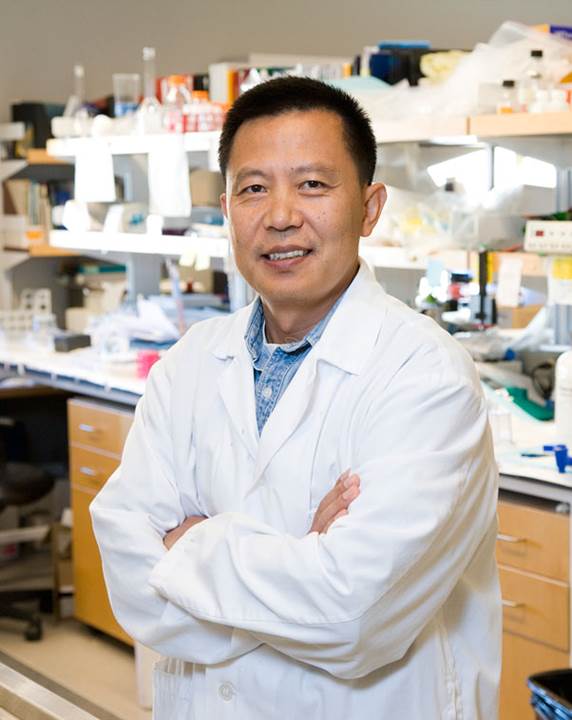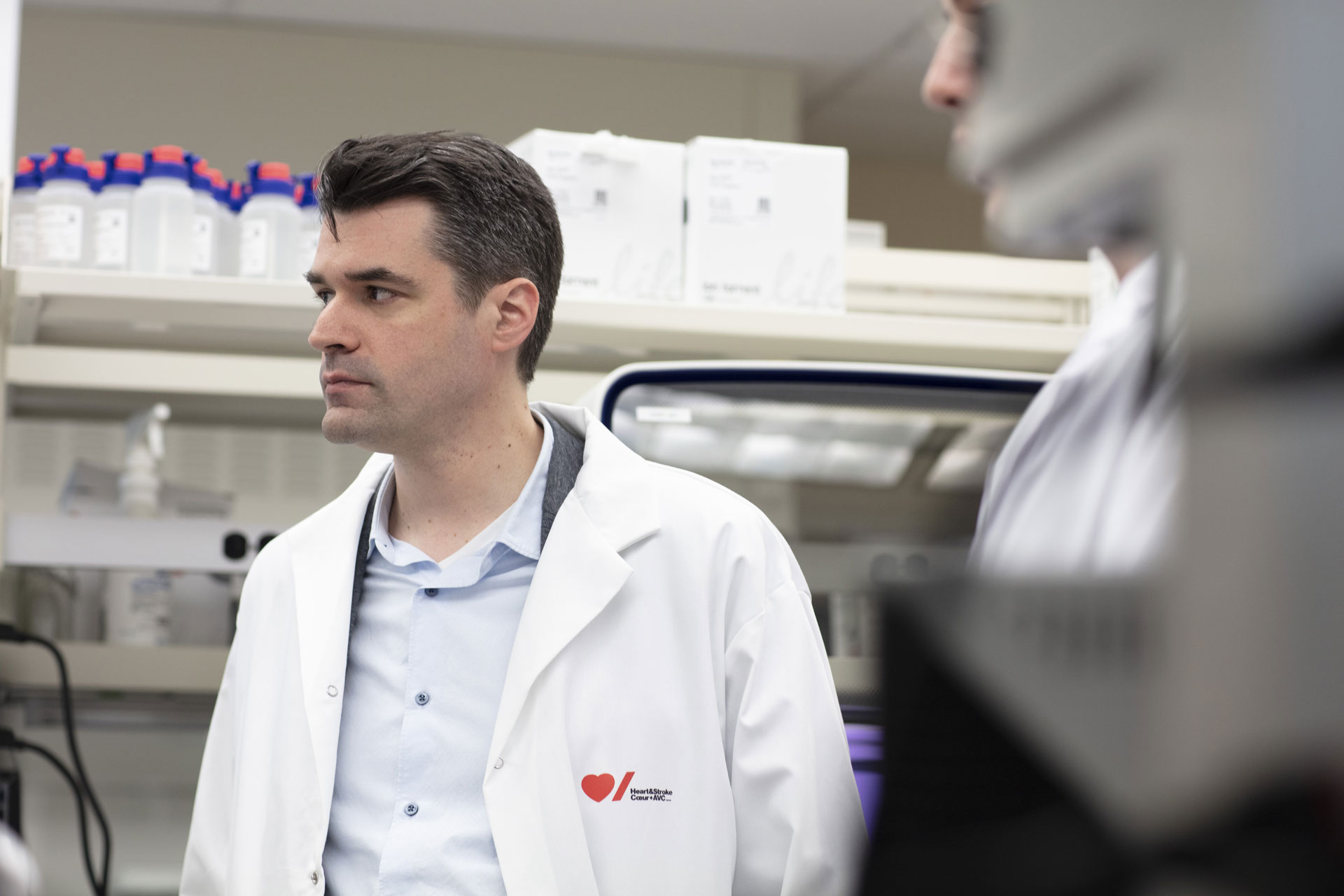Sudi Barre was in hospital with her newborn son, recovering from an emergency caesarean, when pain suddenly ripped through her back and arm. It was a heart attack.
Doctors treated her by implanting a stent, but she had more heart attacks.
“I was on every possible kind of pain medication,” Sudi says. “I was on oxygen. I was on everything. And I still was in pain. It was so scary. I don’t even know how many heart attacks I had.”
As the medical team struggled to treat her, at times Sudi felt ready to give up. But she had lost her own mother at the age of two. Looking at her baby, she knew she had to survive. “I couldn’t take something so precious from his life.”
Finally, after several days, Sudi was diagnosed with spontaneous coronary artery dissection (SCAD). It’s a frightening and potentially fatal condition where the heart’s artery walls start tearing apart.
By then Sudi’s heart function had plummeted to just 3%. Doctors implanted a mechanical pump called an LVAD (left ventricular assist device) to keep her alive. Sudi spent the next eight months in hospital, her chest criss-crossed with scars, too weak to hold her son.

Sudi with her son, Yonis, now three.
A medical puzzle
Eighty-eight per cent of SCAD patients are women, many young and otherwise healthy. In most cases, they have no traditional risk factors for heart disease and no warning signs. And when it happens, SCAD is often under-diagnosed because it can be difficult to detect on traditional angiograms.
“I’ve seen so many horror stories,” says Dr. Jacqueline Saw, Canada’s leading expert on SCAD.
Young women are often turned away from emergency rooms, despite heart attack symptoms, because they’re in their 30s or 40s. In other cases, like Sudi’s, it’s treated like a standard heart attack. But stents or blood thinners can increase the risk of further tearing.
“We were actually missing a lot of SCADs. We did not have the right tools for diagnosis in the past,” says Dr. Saw. It’s one of the ways heart disease in women is often under-diagnosed.
Dr. Saw, based at the University of British Columbia, has developed a classification to analyze angiograms that will help doctors detect SCAD. With support from Heart & Stroke donors, her team has identified genes that increase the risk of developing the condition.

We were actually missing a lot of SCADs. We did not have the right tools.
A different future
Today, Sudi struggles with forgetfulness, and little things can make her irritated or upset. “I’ve just become an emotional mess,” she says, laughing. However, she lives life with as much joy as she can muster.
Surgeons have removed her LVAD, and her heart is functioning at 40%: enough to cuddle with her son,Yonis, now age three.
That is still what keeps her going. “I want to be able to be mentally, physically, cognitively available for him until he doesn’t need me anymore.”
As a heart health advocate, Sudi is speaking up about her experience because she wants more healthcare professionals to recognize SCAD. And she wants more women to be aware that it can strike despite a healthy, active lifestyle.
“Even if you’re in the best of health, that can get taken away,” she says.
After everything she has been through, Sudi says, “I wake up feeling amazing every day and I’m so thankful.” And she is doing everything she can to beat SCAD.
- Learn more about women’s unique risk factors.
- See what your donations can beat.




